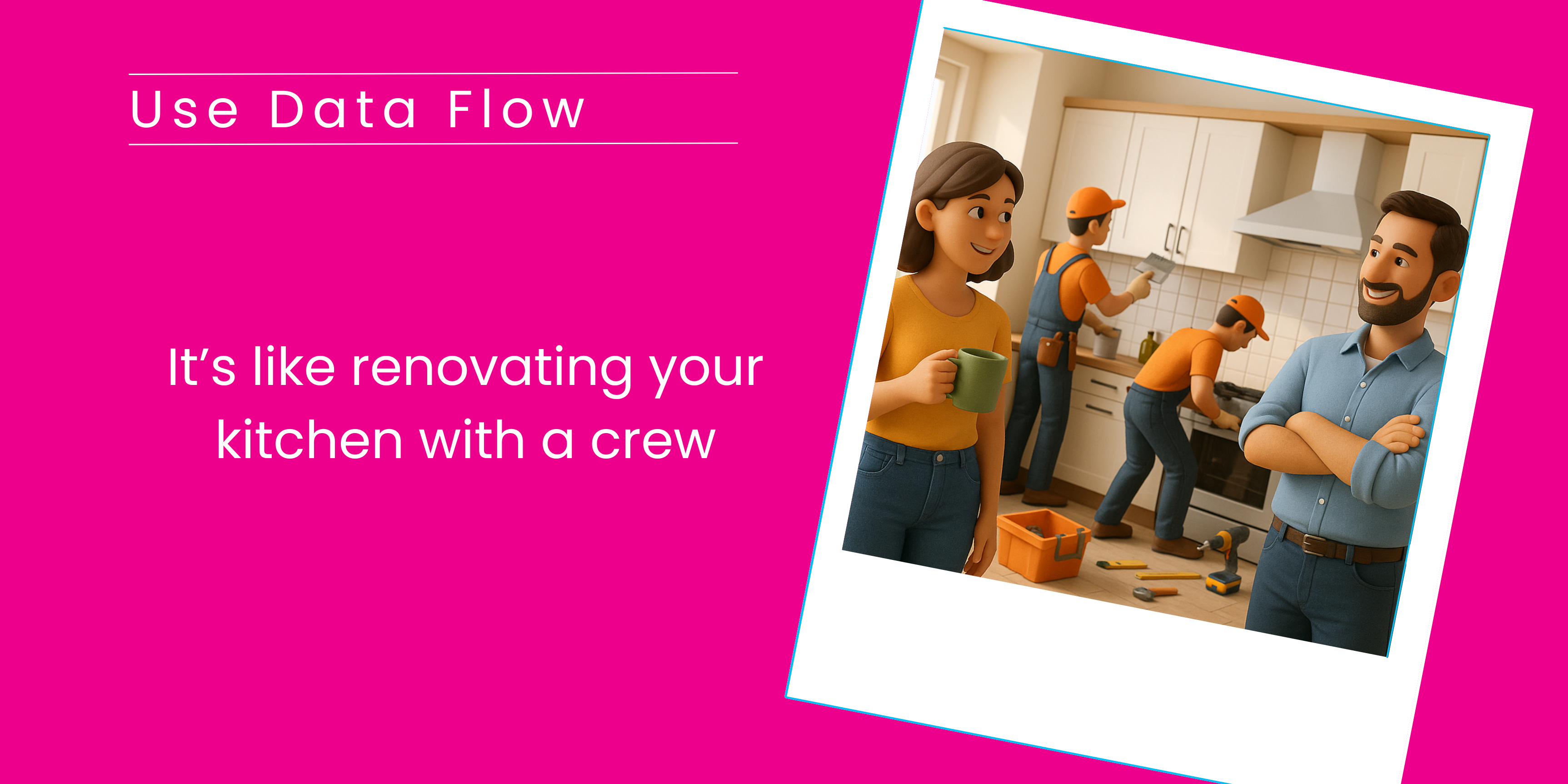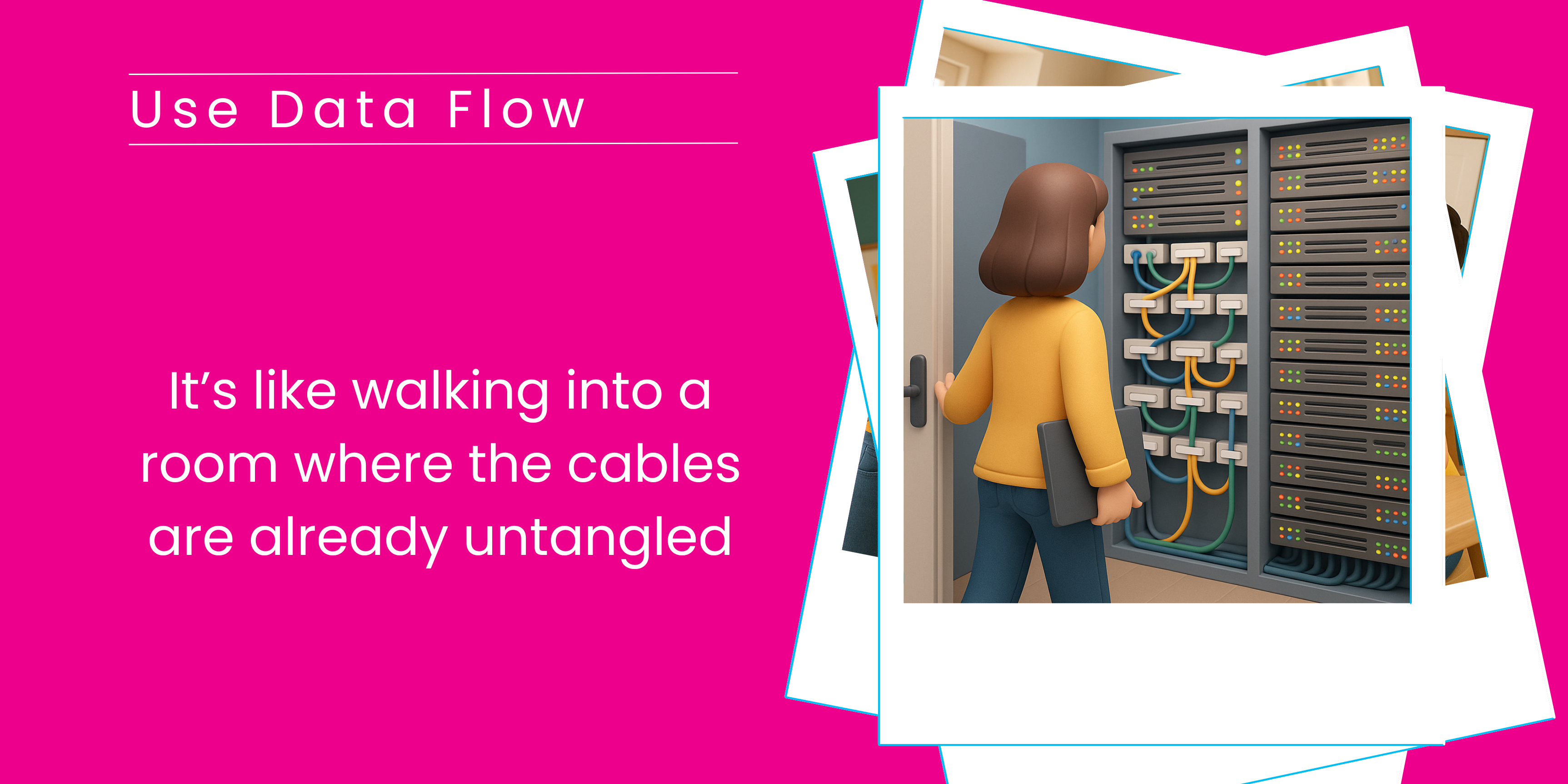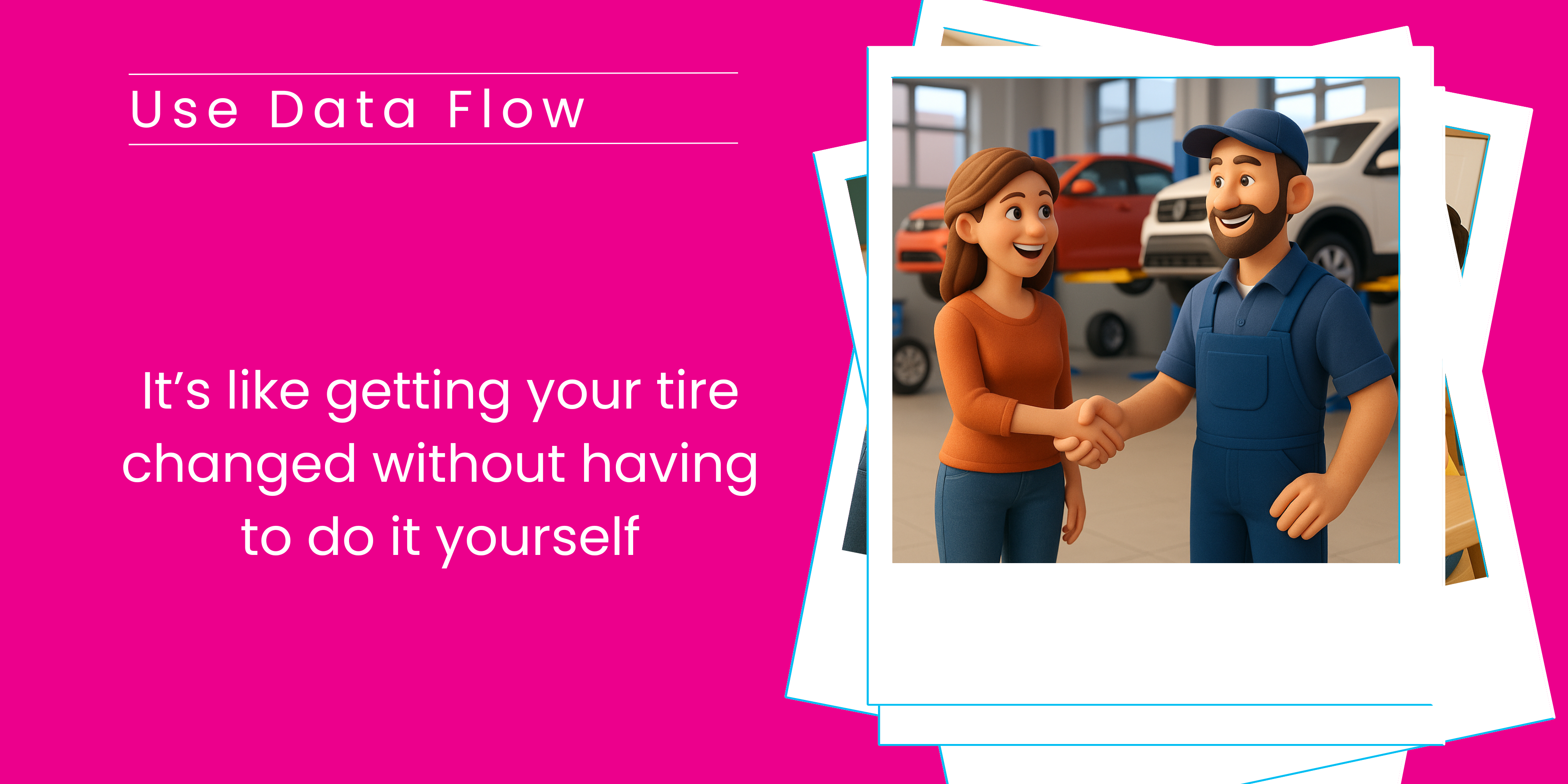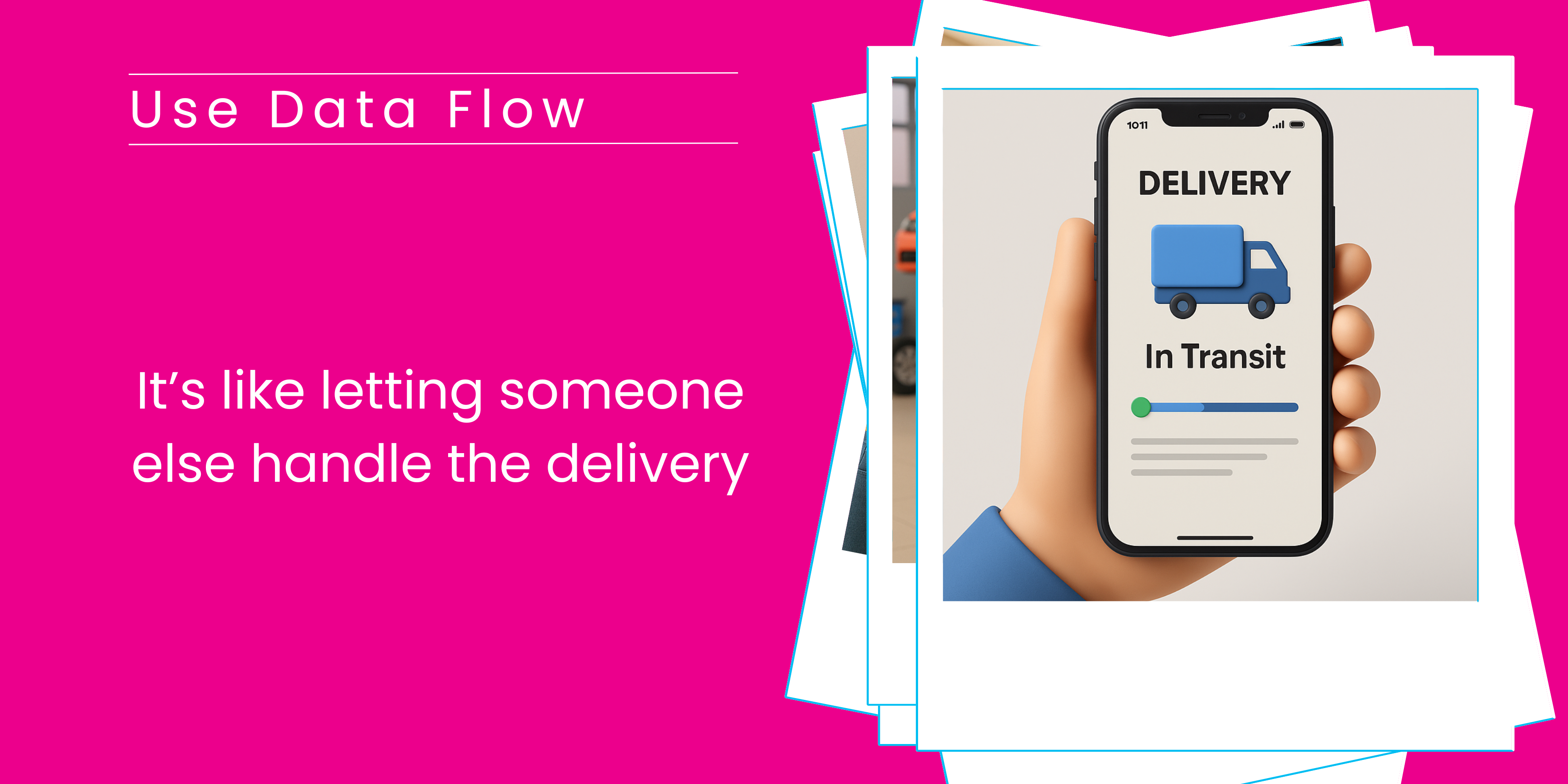There are 5 universal examples to show you the difference between integration systems such as RELO or Omatic and Charity Automator Data Flow.
%20(18).png)
If you're a VP of Finance, an IT lead, or the person responsible for your nonprofit's data systems, you likely don't need another vendor claiming how "flexible" their tools are and how to manage them. What you really want to know is: Is the problem solved?
At SimpliPhi, we believe that autonomy can take two forms: doing all the work independently or having control over the final outcome. We've observed what happens when nonprofits attempt to manage everything themselves. Despite good intentions and powerful tools, the workload accumulates, exceptions arise, and friction persists.
Imagine you're renovating your kitchen. You could go the DIY route: watch videos, buy power tools, spend weekends learning how to tile. Maybe you’ll get it done eventually.
Or, you could call a construction company that’s done this exact renovation fifty times before. They show up with a plan, the right tools, experienced contractors, and a clear timeline. If anything goes wrong, you don’t have to fix it yourself; they take responsibility and fix it for you.
Omatic gives you the tools. Charity Automator Data Flow gives you the outcome.

You’re still involved. You decide which school your child attends. You talk with teachers, join the parent council, and help with homework when it matters.
In the other case, you're homeschooling alone. You teach the lessons, grade the tests, and stay up late Googling things you forgot twenty years ago. What happens when your child asks something you can't answer?
Charity Automator Dala Flow gives you trusted support, and you are still in control.

There’s a point in your work where the goal is no longer to build the perfect workaround or discover the cleanest logic tree. You need to define the logic, map the fields, build the rules, monitor the scripts, and fix the errors.
Charity Automator Data Flow quietly eliminates the entire category of problems. No tickets to IT. No waiting on that one person who knows how it all works. No wondering what happens if they leave.
It’s like walking into a room that was once a mess of cables and realizing someone else untangled it, organized it, labelled everything, and even vacuumed the floor.

Sure, you can change your own tire. You might even enjoy it. You might be used to getting under the hood. But for most nonprofits, what you really want is to stop losing time, stop switching tools, and stop asking your most expensive people to do their least strategic work. It’s like ordering dinner instead of cooking after a 12-hour day. Like hiring movers instead of carrying the piano yourself. Like walking into the office knowing the data is already where it needs to be and it’s correct.
Charity Automator Data Flow frees your team’s hands so they can do the work they were actually hired to do.

Think back 10 or 15 years ago. If you needed to deliver a package, someone had to box it, book the courier, print the labels, coordinate the pickups, and track the route manually.
Now? Today, you click a button and your item arrives tomorrow. That’s the shift we’re bringing to nonprofit data workflows; it is up to date in a modern world.
You no longer need to manage the logistics. Your data will be seamlessly integrated where it belongs, safely and on time.

Our clients didn’t choose Charity Automator Data Flow because they couldn't handle complex tools. They chose it because they no longer wanted to waste time proving they could.
They wanted fundraising data that flowed where it needed to go, without bottlenecks, without constant babysitting, and without sacrificing accuracy. They wanted less friction and more focus. And they got it.
If you're tired of tools that require more maintenance than they're worth, maybe it’s time to try a solution that simply works.
Want to see how it feels to stop managing your integration tool and start trusting it? Book a free 30-minute call with our team to discuss your operations and explore potential changes.